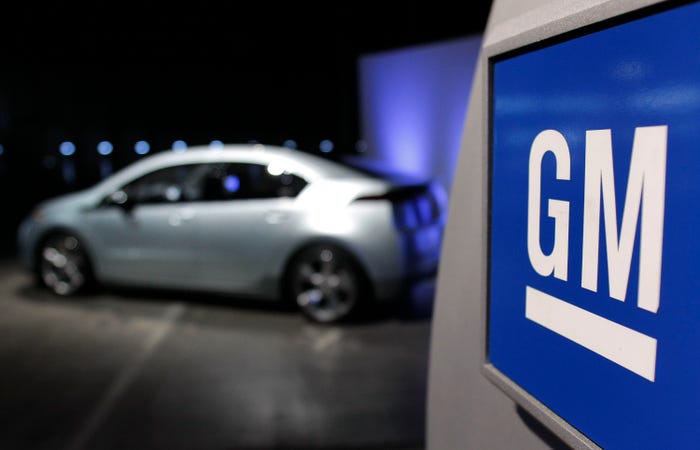Digital wallets, IoT and paymentsDigital wallets, IoT and payments
Creating the next level of convenience
November 10, 2022

Sponsored Content
By Infineon Technologies
In the past, leaving home without your wallet could cause serious disruptions to your day. Without access to bank cards or cash, you might have to borrow money from a colleague to pay for lunch or a subway ticket. These days, however, it’s possible to use public transport, buy coffee, load the parking meter, or purchase movie tickets without ever taking out your wallet. Consumers can carry and access their digital wallet in their preferred smart device and select their payment instrument of choice depending on the situation and context.
How is this possible? Through what we call “smart, connected payments and digital wallets”. Essentially, these digital wallets can be made accessible via different form factors, such as smartphones, wearables, and connected cars, and other connected devices.
While the concept is constantly evolving along with technological developments, at the most fundamental level, smart connected payments enable digital payment transactions using everyday objects that are linked to the internet.
This trend toward easy, fast and convenient payments was accelerated by the pandemic. As this trend continues and service providers create more IoT-ready devices, it will become increasingly important that new form factors offer high security, consumer and payment data protection while enabling a frictionless payment experience.
How secure are payments via smart connected devices?
A future where consumers can purchase physical goods or services via smart speakers, smart TVs, cars or even smart glasses, relies on providing best-in-class customer experiences, while still adhering to the highest standards for payments processing and data security.
It’s not practical to ask customers to enter a PIN when buying virtual goods via smart glasses or services via connected cars. Instead, biometric technology could enable strong security and convenience at the same time. The type of biometric authentication will depend on the type of device it secures.
For many types of devices, biometric authentication based on voice, facial, iris or fingerprint biometrics adds another layer of protection for sensitive applications and payment information. Creating a full ecosystem that brings device manufacturers, service providers and chip suppliers closer together will be critical for addressing IoT security vulnerabilities and successful rollouts.
Empowering smart wearables and IoT devices
With SECORA™ Connect, Infineon’s product family for connected IoT devices, it is easy to secure payments and enable convenient biometric authentication. It provides solutions to address the rising popularity of smart wearables and IoT devices. It’s a system solution designed to be embedded into smart wearables to provide contactless secured payment, transportation ticketing, and other applications via Near Field Communication (NFC).
Regardless of the forms they take, payments via digital wallets, smart connected devices and IoT have the power to significantly shape commerce.
You May Also Like






